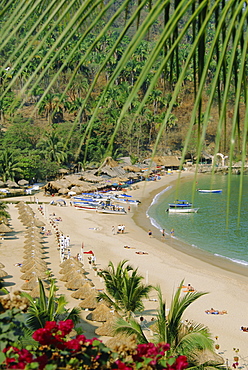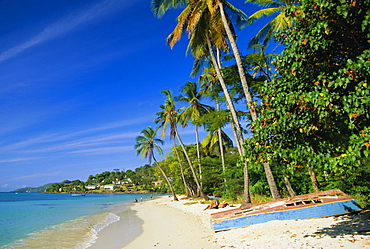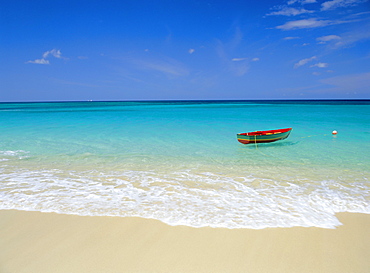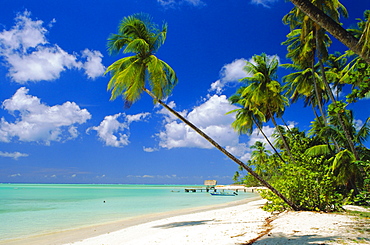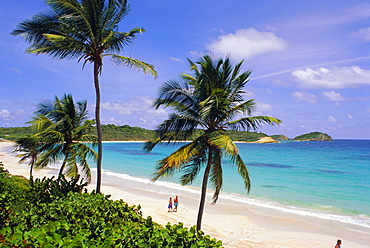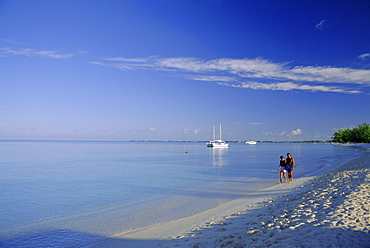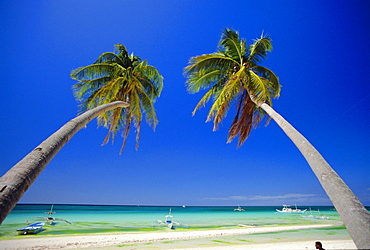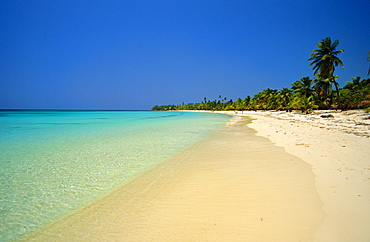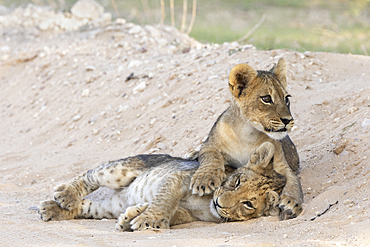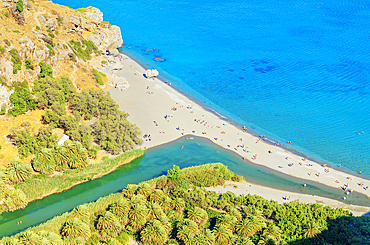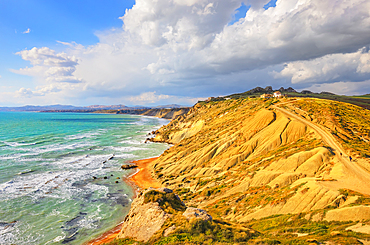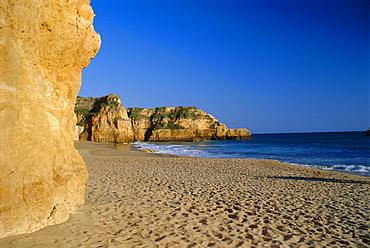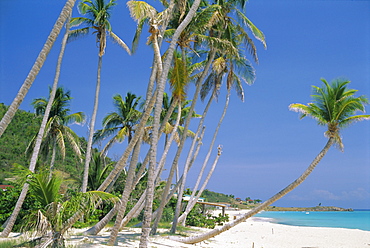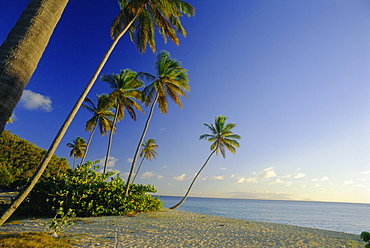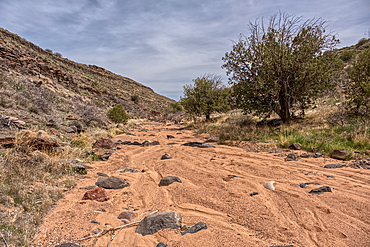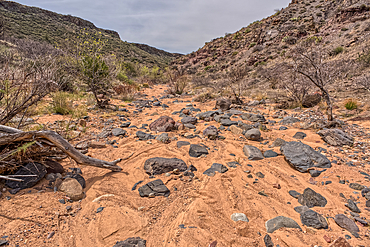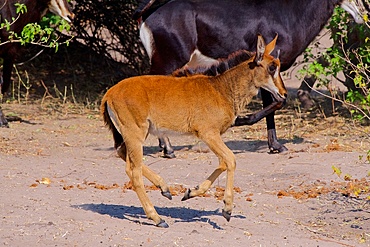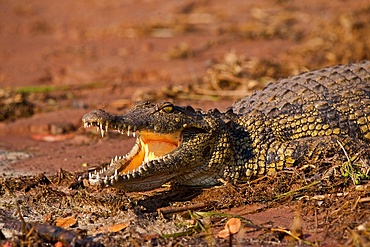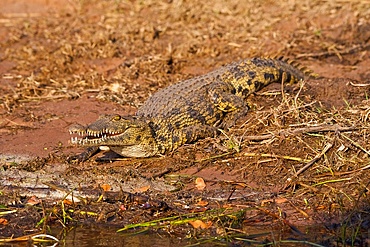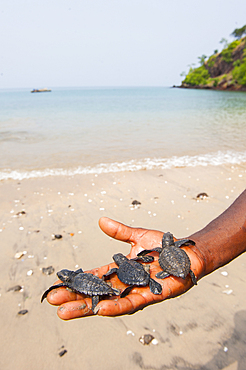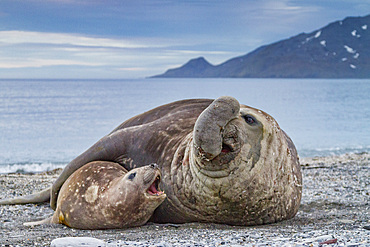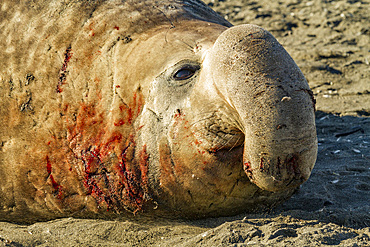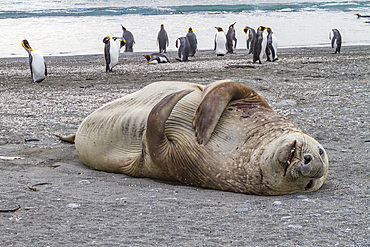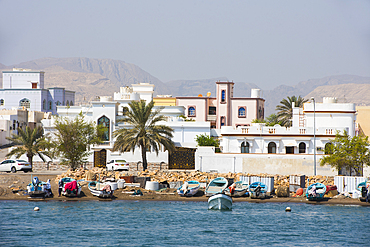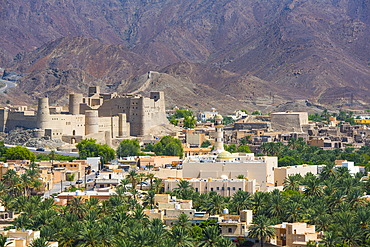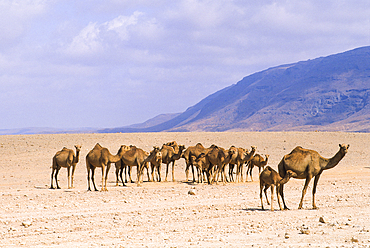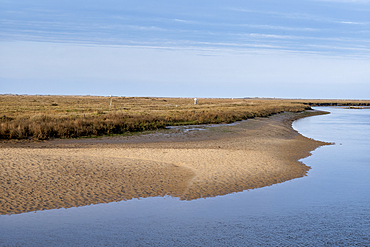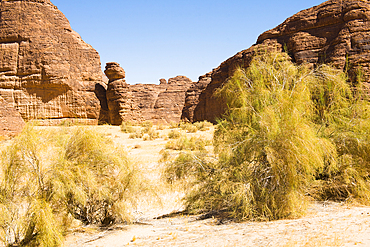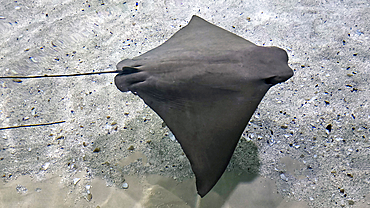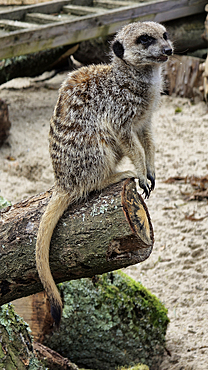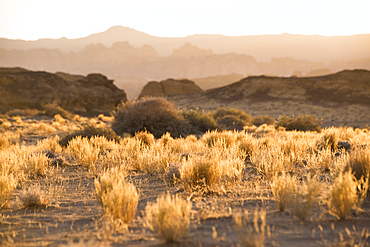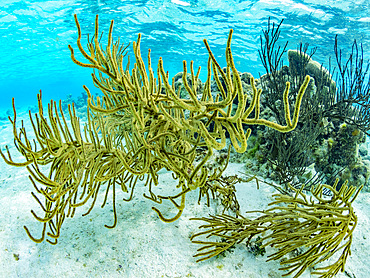Results
1 2 Next »
120 results found

A tiny cleaner shrimp removes parasites from a Black-finned snake eel (Ophichthus cephalozona) on a sandy seafloor in Indonesia. This tropical region, within the Coral Triangle, is home to an incredible variety of marine life.
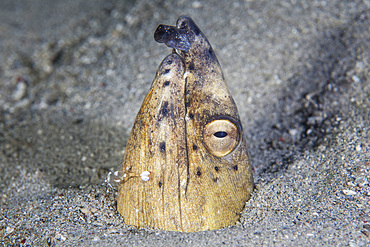
A Black-finned snake eel (Ophichthus cephalozona) pokes its head out of a sandy seafloor in Indonesia. This tropical region, within the Coral Triangle, is home to an incredible variety of marine life.
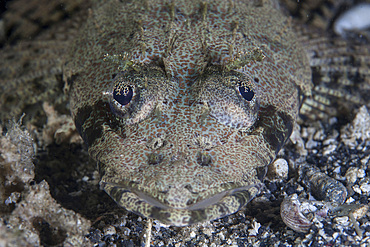
A camouflaged horned flathead (Thysanophrys carbunculus) lays hidden on a sandy slope near the island of Sulawesi, Indonesia. This beautiful, tropical region is home to an incredible variety of marine life.
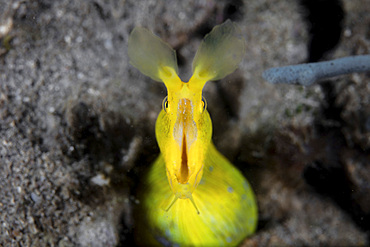
A female ribbon eel (Rhinomuraena quaesita) yawns as it lives on a sandy slope near Alor in the Lesser Sunda Islands of Indonesia.
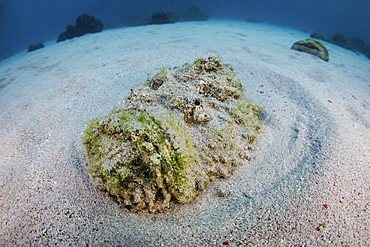
A predatory stonefish (Synanceia verrucosa) lies camouflaged in the sandy seafloor of Komodo National Park, Indonesia. This is the most venomous fish on Earth but uses its venom only for defensive purposes.

A predatory stonefish (Synanceia verrucosa) lies camouflaged in the sandy seafloor of Komodo National Park, Indonesia. This is the most venomous fish on Earth but uses its venom only for defensive purposes.
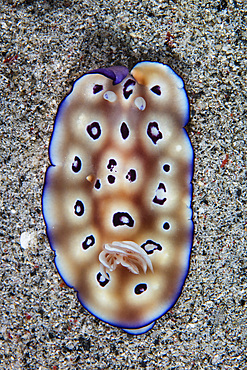
A colorful nudibranch, Hypselodoris tryoni, crawls across a sandy sea floor in Komodo National Park, Indonesia. This tropical area in the Lesser Sunda Islands is known for both its amazing marine biodiversity as well its infamous dragons.
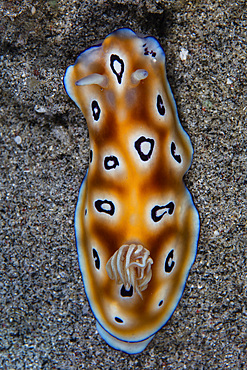
A colorful nudibranch, Hypselodoris tryoni, crawls across a sandy sea floor in Komodo National Park, Indonesia. This tropical area in the Lesser Sunda Islands is known for both its amazing marine biodiversity as well its infamous dragons.
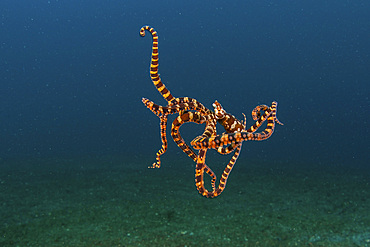
A Wonderpus, Wunderpus photogenicus, hunts for prey on the sandy seafloor in Lembeh Strait, Indonesia.
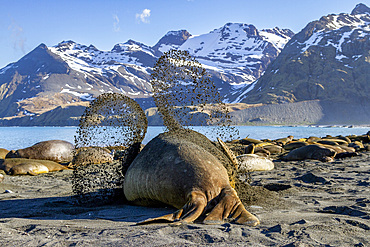
Adult bull southern elephant seal (Mirounga leonina) trying to cool off by flinging sand on his back at Gold Harbour, South Georgia, Polar Regions
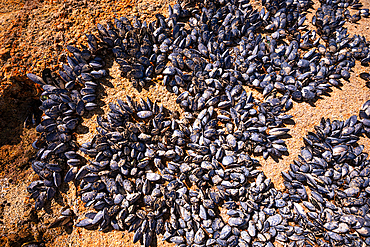
Dense Cluster of Mussels Attached to Golden Sand at Low Tide, Abel Tasman National Park, New Zealand
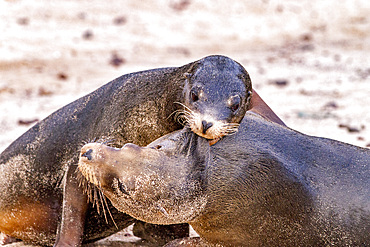
Young Galapagos sea lion bulls (Zalophus wollebaeki) mock-fighting in the Galapagos Islands, UNESCO World Heritage Site, Ecuador, South America
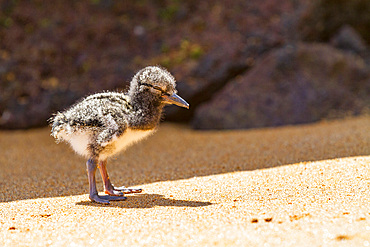
American oystercatcher (Haematopus palliatus galapagensis) chick along the shoreline on Bartolome Island in the Galapagos Island Group, UNESCO World Heritage Site, Ecuador, South America
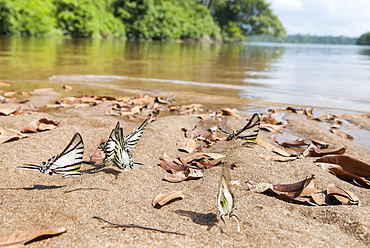
Butterfly (Eurytides agesilauson) on Caura river bank, Bolivarian Republic of Venezuela, South America
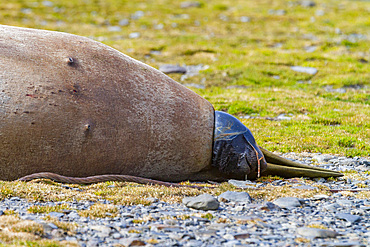
Pregnant female southern elephant seal (Mirounga leonina) giving birth on the beach in Stromness Bay, South Georgia Island
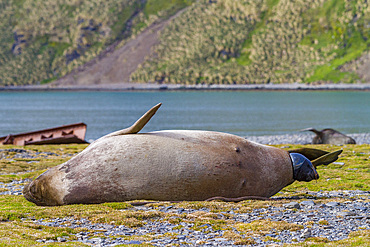
Pregnant female southern elephant seal (Mirounga leonina) giving birth on the beach in Stromness Bay, South Georgia Island
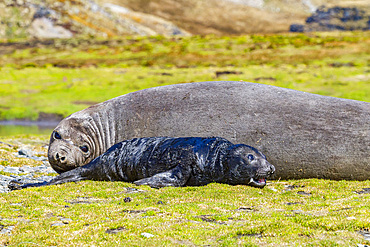
Female southern elephant seal (Mirounga leonina) with newborn pup on the beach in Stromness Bay, South Georgia Island
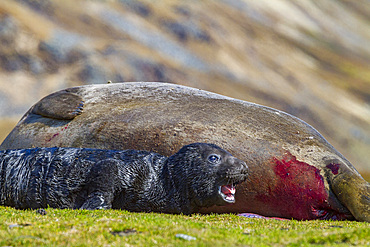
Female southern elephant seal (Mirounga leonina) with newborn pup on the beach in Stromness Bay, South Georgia Island
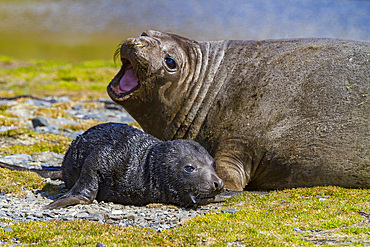
Female southern elephant seal (Mirounga leonina) with newborn pup on the beach in Stromness Bay, South Georgia Island

Petrified sand dunes, White Canyon State Park, Red Cliffs Desert Reserve near St. George, Utah, United States of America
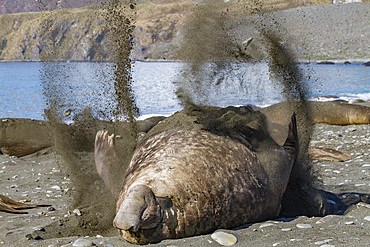
Adult bull southern elephant seal (Mirounga leonina) flipping sand onto its back to cool off on South Georgia Island, Southern Ocean
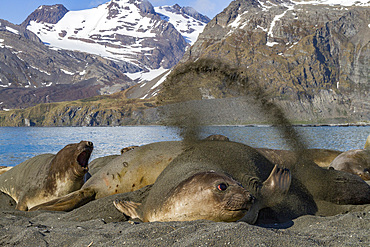
Adult female southern elephant seal (Mirounga leonina) flipping sand onto its back to cool off on South Georgia Island, Southern Ocean
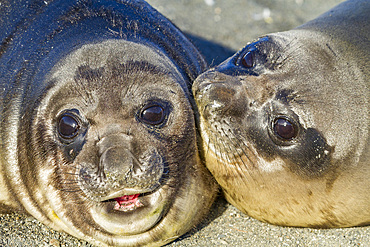
Southern elephant seal (Mirounga leonina) pup, called weaners once their mothers stop nursing them, South Georgia Island, Southern Ocean
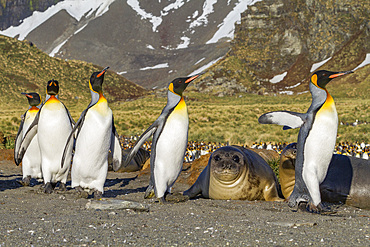
Penguins walk by Southern elephant seal (Mirounga leonina) pup, called a weaner, South Georgia Island, Southern Ocean
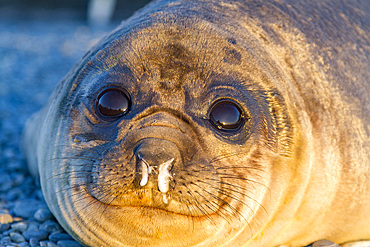
Southern elephant seal (Mirounga leonina) pup, called weaners once their mothers stop nursing, South Georgia Island, Southern Ocean
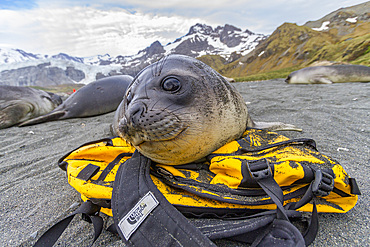
Southern elephant seal (Mirounga leonina) pup, called weaners once their mothers stop nursing, South Georgia Island, Southern Ocean
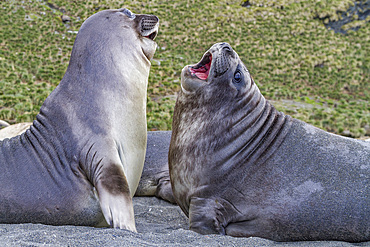
Male southern elephant seal (Mirounga leonina) pups mock fighting on South Georgia Island, Southern Ocean

Male southern elephant seal (Mirounga leonina) pups mock fighting on South Georgia Island, Southern Ocean
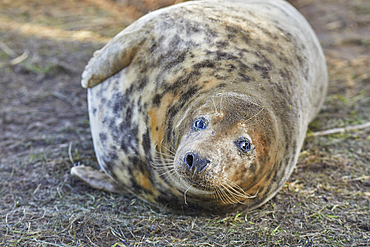
A young Grey Seal pup (Halichoerus grypus) on the shore in winter, at Donna Nook Nature Reserve, on the North Sea coast of Lincolnshire, Great Britain.
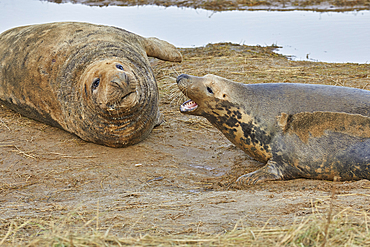
Male and female (on right) Grey Seals (Halichoerus grypus) fighting on the shore, in winter, at Donna Nook Nature Reserve, on the North Sea coast of Lincolnshire, Great Britain
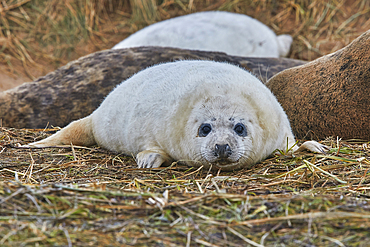
A young Grey Seal pup (Halichoerus grypus) on the shore in winter, at Donna Nook Nature Reserve, on the North Sea coast of Lincolnshire, Great Britain.

A young Grey Seal pup (Halichoerus grypus) on the shore with its mother in winter, at Donna Nook Nature Reserve, on the North Sea coast of Lincolnshire, Great Britain.
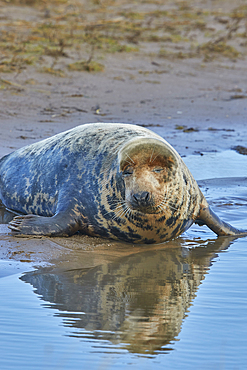
A female Grey Seal (Halichoerus grypus) on the shore in winter, at Donna Nook Nature Reserve, on the North Sea coast of Lincolnshire, Great Britain.
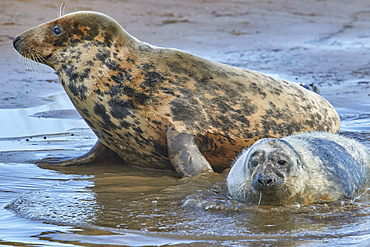
A young Grey Seal pup (Halichoerus grypus) on the shore with its mother in winter, at Donna Nook Nature Reserve, on the North Sea coast of Lincolnshire, Great Britain.
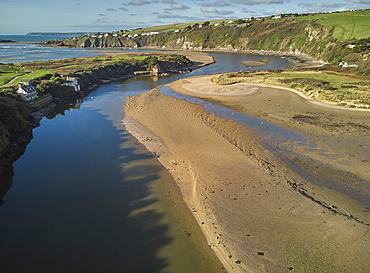
A low tide aerial drone view of the sandy shore and sand banks in the estuary of the River Avon, at Bantham, on the south coast of Devon, Great Britain.
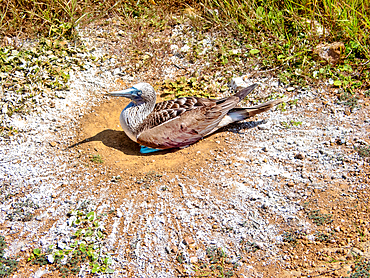
Blue footed booby (sula nebouxii) incubating eggs at Punta Pitt, San Cristobal Island, Galapagos, UNESCO, Ecuador
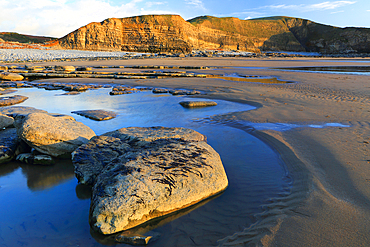
Limestone cliffs and beach, Dunraven Bay, Southerndown, Vale of Glamorgan, South Wales, United Kingdom
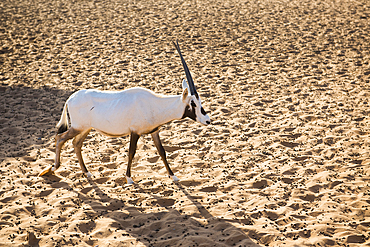
Oryx (Oryx leucoryx) in captivity, Thousand Nights Camp, Sharqiya Sands, formerly Wahiba Sands, desert region, Sultanate of Oman, Arabian Peninsula
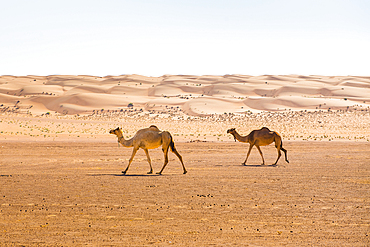
Dunes and camels in the Sharqiya Sands, formerly Wahiba Sands, desert region, Sultanate of Oman, Arabian Peninsula
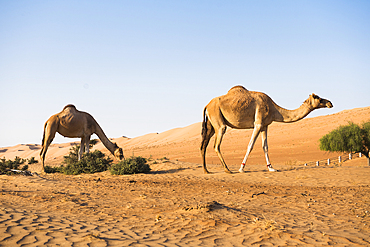
Camels in the Sharqiya Sands, formerly Wahiba Sands, desert region, Sultanate of Oman, Arabian Peninsula
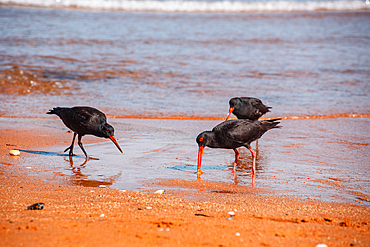
Black Oystercatcher Digging in Orange Sand for Food Near Shoreline at Abel Tasman National Park, New Zealand
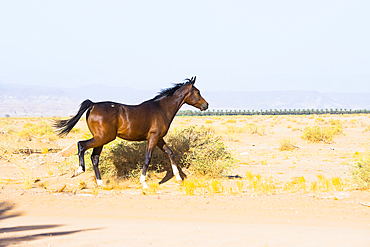
Young horse free-roaming near the Alqaleebah Gate of Sharaan Nature Reserve, AlUla, Medina Province, Saudi Arabia
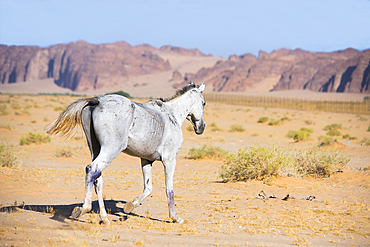
Horse free-roaming near the Alqaleebah Gate of Sharaan Nature Reserve, AlUla, Medina Province, Saudi Arabia
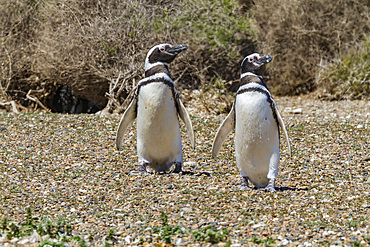
Magellanic penguins (Spheniscus magellanicus) at a breeding and molting site in Estancia San Lorenzo, Argentina
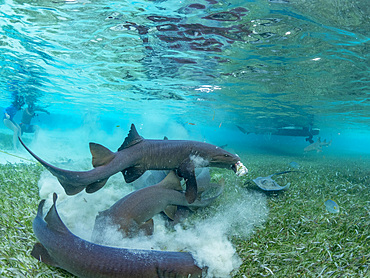
Nurse sharks (Ginglymostoma cirratum), being fed in shark and ray alley, Caye Caulker, Mesoamerican Barrier Reef, Belize
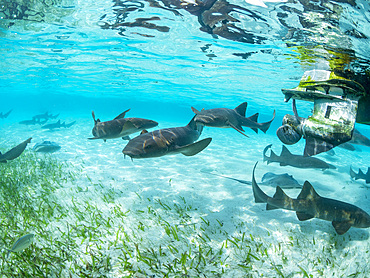
Nurse sharks (Ginglymostoma cirratum), being fed in shark and ray alley, Caye Caulker, Mesoamerican Barrier Reef, Belize

Nurse shark (Ginglymostoma cirratum), on the sand in Hol Chan Marine Preserve, inside the Mesoamerican Barrier Reef, Belize
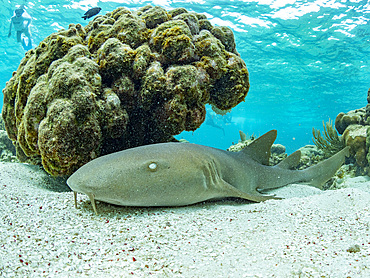
Nurse shark (Ginglymostoma cirratum), on the sand in Hol Chan Marine Preserve, inside the Mesoamerican Barrier Reef, Belize
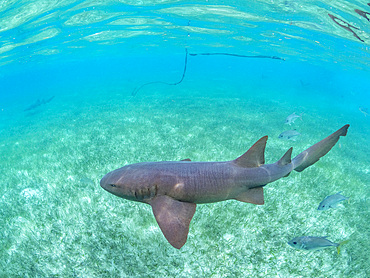
Nurse shark (Ginglymostoma cirratum), on the sand in Hol Chan Marine Preserve, inside the Mesoamerican Barrier Reef, Belize
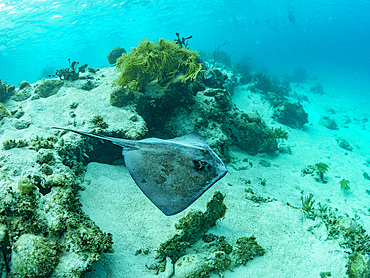
Southern stingray (Hypanus americanus) being fed in shark and ray alley, Caye Caulker, Mesoamerican Barrier Reef, Belize
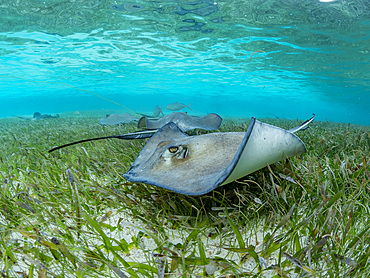
Southern stingray (Hypanus americanus) over sand in shark and ray alley, Caye Caulker, Mesoamerican Barrier Reef, Belize
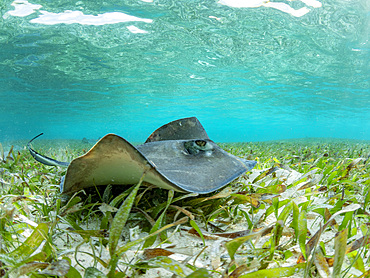
Southern stingray (Hypanus americanus) over sand in shark and ray alley, Caye Caulker, Mesoamerican Barrier Reef, Belize
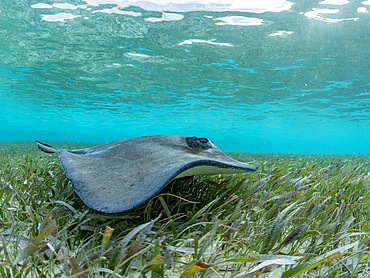
Southern stingray (Hypanus americanus) over sand in shark and ray alley, Caye Caulker, Mesoamerican Barrier Reef, Belize

Southern stingray (Hypanus americanus) over sand in shark and ray alley, Caye Caulker, Mesoamerican Barrier Reef, Belize
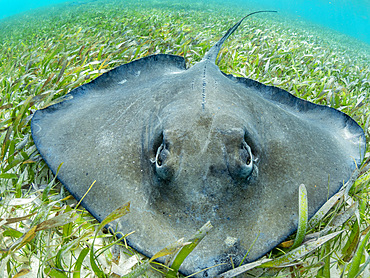
Southern stingray (Hypanus americanus) over sand in shark and ray alley, Caye Caulker, Mesoamerican Barrier Reef, Belize
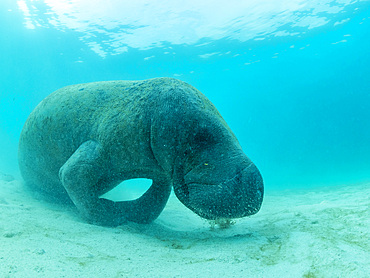
West Indian manatee (Trichechus manatus), on the sand near Caye Caulker, inside the Mesoamerican Barrier Reef, Belize
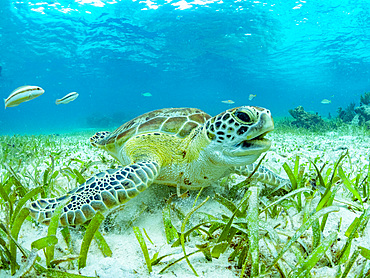
Green sea turtle (Chelonia mydas), feeding on the sand near Caye Caulker, inside the Mesoamerican Barrier Reef, Belize
